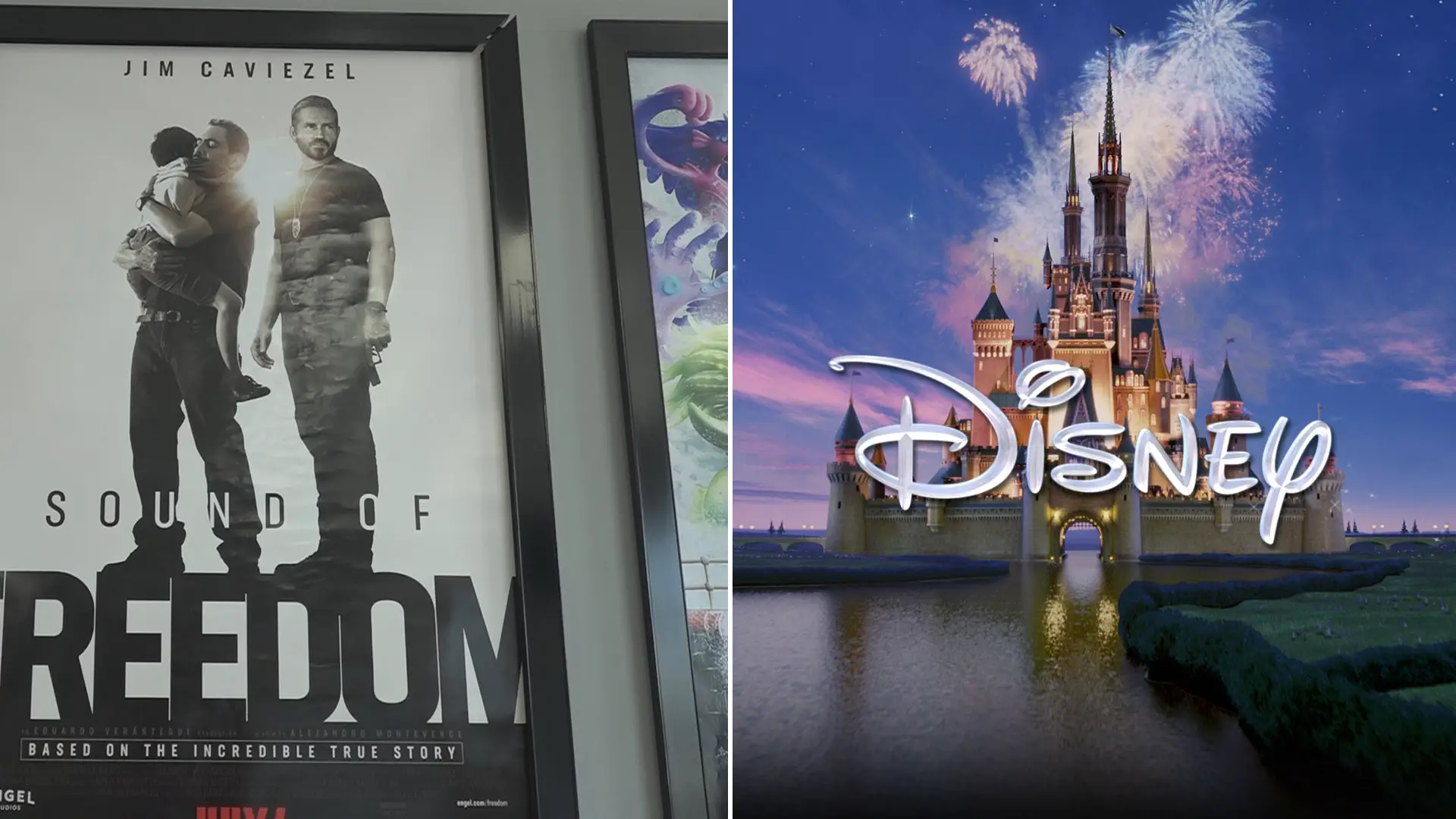In the unpredictable world of film distribution, one story that has seemingly flown under the radar is Disney’s refusal to release ‘Sound of Freedom’, the anti-child trafficking drama based on real events. This decision has since been underscored by the film’s tremendous success, adding a layer of intrigue to the narrative surrounding its production and release.
‘Sound of Freedom’ is no ordinary cinematic tale. It chronicles the life of Tim Ballard, a former federal agent turned crusader against child trafficking. Ballard abandoned the security of his government job to establish Operation Underground Railroad, a non-profit devoted to rescuing children from the heinous world of sex trafficking. The movie, directed by Mexican filmmaker Verástegui and distributed by Angel Studios, paints a compelling and heart-wrenching picture of Ballard’s determination to combat this global menace.
In a surprising twist, Disney, an industry behemoth renowned for its family-friendly offerings, declined to distribute ‘Sound of Freedom’. This move elicited a myriad of reactions from industry insiders, critics, and audiences alike. But why would the entertainment giant pass on a film that so powerfully tackles an issue of such global significance?
One theory suggests that Disney’s refusal was rooted in the film’s sobering content. The company’s brand is synonymous with lighthearted, feel-good stories that appeal to all age groups, and ‘Sound of Freedom’s’ gritty and distressing narrative represents a stark departure from this image. There’s also speculation that the film’s perceived ‘anti-woke’ ethos might have been a deterrent for Disney, considering the current cultural climate and the company’s efforts to champion progressive narratives.
However, some observers, like commentator John Nolte, argue that Disney’s decision was a missed opportunity. In retrospect, considering the film’s unexpected box office triumph, raking in $41.7 million in its opening week and outpacing Disney’s own ‘Indiana Jones and the Dial of Destiny’ in July 4th ticket sales, it’s hard to disagree.
Despite not being released in as many theaters, ‘Sound of Freedom’ resonated deeply with audiences, indicating that the film’s themes of heroism, courage, and resilience struck a chord. The film’s success story underscores the growing divide between major Hollywood studios’ agendas and audience preferences, a fact that Disney’s refusal to distribute the film inadvertently highlighted.
Moreover, the decision raises a significant question: How do entertainment giants like Disney navigate the balance between maintaining their brand image, catering to evolving cultural narratives, and meeting audiences’ diverse storytelling needs?
Disney’s choice not to distribute ‘Sound of Freedom’ stands as an emblem of the ongoing struggle within Hollywood. It reflects the tension between the industry’s traditional gatekeepers and the emerging forces of independent studios, niche narratives, and audience preferences that defy expectations.
In retrospect, Disney’s decision to pass on ‘Sound of Freedom’ was arguably a misstep, especially given the film’s commercial success. Yet, it’s also a symptom of a broader trend in the industry: the growing gulf between Hollywood’s decision-makers and what the audience wants to see on the silver screen.
Perhaps the most significant takeaway from the ‘Sound of Freedom’ saga is a renewed appreciation for the power of storytelling in all its forms. Despite being rejected by one of the industry’s titans, the film found a path to audiences’ hearts, indicating a promising future for stories that venture beyond traditional Hollywood fare.
The tale of ‘Sound of Freedom’s’ journey to the screen is a stark reminder that in the evolving world of film, success is no longer solely in the hands of industry giants. Independent studios, unconventional narratives, and, most importantly, audiences are emerging as influential players, reshaping the cinematic landscape.
Disney’s refusal to release ‘Sound of Freedom’ will go down in history as a pivotal moment in the film’s journey. It serves as a testament to the film’s resilience, mirroring the very themes the narrative explores. As we reflect on this event, one thing remains clear: the power of a story well-told cannot be underestimated. Despite the odds, ‘Sound of Freedom’ found its voice, offering a powerful example of cinematic success that defies conventional wisdom.

